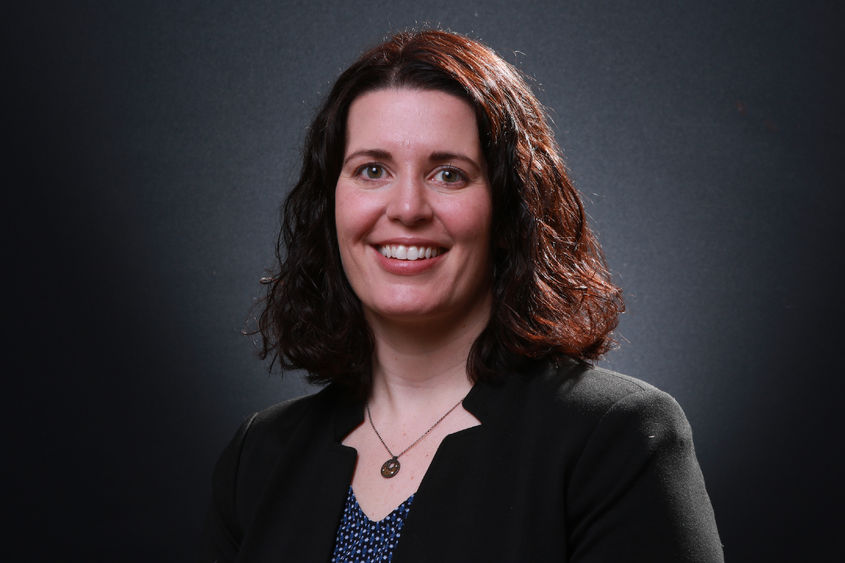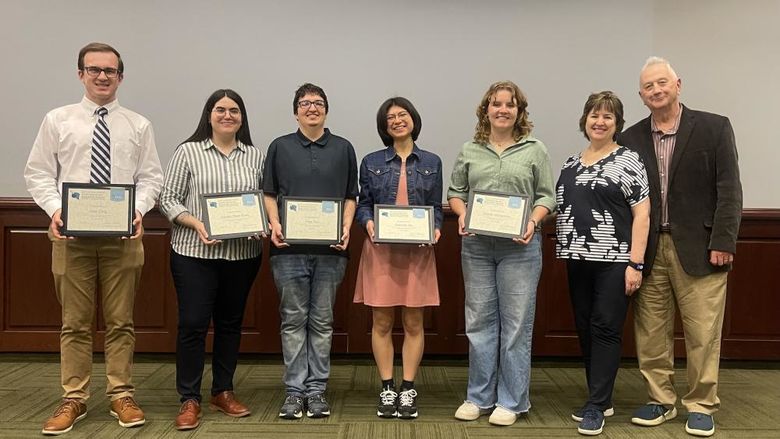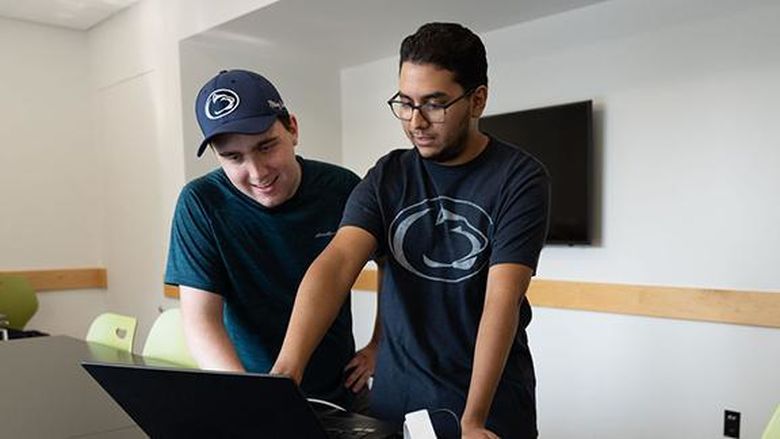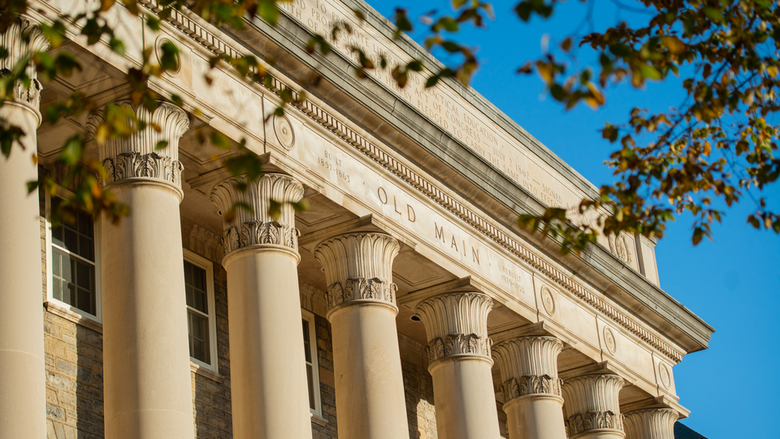
Kristin Wustholz, Mansfield Associate Professor of Chemistry at the College of William & Mary, will deliver the annual Penn State Hazleton George Tseo Memorial Lecture on Tuesday, April 19, via Zoom.
HAZLETON, Pa. – Penn State Hazleton’s Lectures and Cultural Events committee will host Kristin Wustholz, Mansfield Associate Professor of Chemistry at the College of William & Mary, as guest speaker for the campus’ annual George Tseo Memorial Lecture at 12:15 p.m. on Tuesday, April 19. It will be livestreamed via Zoom.
Wustholz will lead a lecture titled, “Revealing the Invisible: SERS Studies of Fugitive Organic Pigments in Art.”
According to Wustholz, the identification of so-called “fugitive” organic colorants in cultural heritage objects is an important and challenging task in conservation research. Since many organic dyes and pigments are prone to fading, the detection of these materials is crucial for the proper assessment of damage, conservation treatment, and the prevention of further color alterations with time. While numerous methods exist to characterize colorants in art, recent advances in surface-enhanced Raman scattering (SERS) methodologies have for the first time enabled the unambiguous identification of organic dyestuffs in microscopic samples from paintings in a minimally invasive manner.
In this presentation, SERS studies of several oil paintings being prepared for exhibition at the Art Museums of Colonial Williamsburg will be discussed. These paintings were made in England and the southern British colonies of North America during the 18th century and include examples from Charles Willson Peale and Sir Joshua Reynolds.
By combining cutting-edge scientific analysis with conservation and curatorial studies, this collaborative effort between William & Mary and Colonial Williamsburg has revealed the identity of several organic pigments within broad-scale, quantity-rich areas of compositions, as well as more challenging fleshtones and small, yet important, detail regions. These studies reveal the fugitive palette that was used to create these paintings and inform digital re-colorizations that are displayed in the museum setting to show their more original appearance.
The lecture is held annually in memory of Tseo, a professor of earth sciences at Penn State Hazleton from 1988 until his untimely death from cancer in 2005. The series honors his memory and diverse interests by featuring speakers with backgrounds in science, history, art, music and many other fields.





